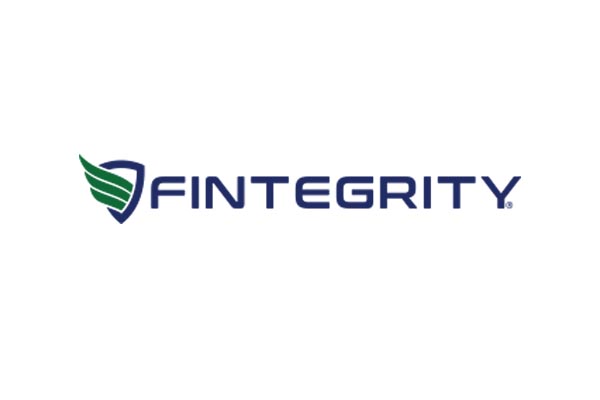As reported in the Wall Street Journal, the loan market has been flooded with inexperienced money. This has worsened lending standards even compared with the debt bubble in the 2008 banking crisis. Investors may want to consider three risks regarding their leveraged loan exposure.
First, rising interest rates are great for investors in floating-rate loans until higher interest payments start consuming too much of a company’s cash flow. U.S. rate increases already raised interest costs for loans by 1% to about 5.7% since the last three months of last year. Higher funding costs haven’t been matched by earnings growth for more lowly rated borrowers.
Second, there are more lowly rated borrowers than ever: Almost two-thirds of leveraged loan issuers are rated B2 or lower by Moody’s, or single-B by other agencies. That compares with less than half in 2006.
Third, a growing share of borrowers reports leverage multiples based on adjusted earnings numbers; in other words, they add back dollars for one-time costs or for savings the owners plan to achieve.
Together, these problems suggest losses will be greater when borrowers default than in previous cycles. Investors should tread cautiously with exposure to U.S. leveraged loans, the risky debt behind takeovers and private-equity deals. The biggest leveraged loan exchange traded fund (ETF) is the Invesco Senior Loan ETF followed by Blackstone GSO. To the extent investors seek preservation of capital in their fixed income portfolio holdings, US leveraged loans may not be a good fit at this time in the market cycle.


0 Comments